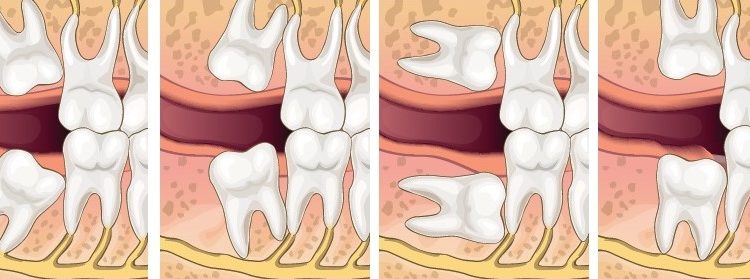
Daylight Savings Has Arrived.
Time to “Spring Forward”!
It’s that time of year again. Daylight Savings begins at 2:00AM on Sunday, March 12th. But outside of the promise of Spring and longer days, does anybody really love experiencing this bi-annual jet lag? Most of the United States (Arizona excepted) abides by the practice of setting our clocks forward an hour during the “Saving Time” period and then back an hour in the Autumn when we return to “Standard Time.”
Changing time zones during daylight savings or travel can be difficult. Some would even argue that the 1-hour change this weekend brings is more difficult than a 3-hour coast-to-coast change, or even a 9-hour international change! did you know that there is a reason this change is so hard? Our bodies run on an internal clock of their own — circadian rhythm.
Light plays a large role in regulating the circadian rhythm, which tells our bodies when to sleep and when to wake. Dealing with time changes largely depends on how we adjust our sleeping patterns. Sleep is vital to maintaining a healthy brain, balanced hormones, and proper regulation of body functions. After a change in your normal time, it’s best to ease your body back into a regular rhythm.
~ RESIST THE URGE TO NAP
It can be tempting to go to bed as soon as your reach your final destination or after losing an hour of sleep on Saturday night. Try to stay up! But if you must nap, keep your naps to a maximum of 20 minutes. When it’s dark out, you will be able to fall (and stay) asleep. Your internal clock will adjust to the new time, following the natural light patterns your circadian clock craves.
~ DRINK PLENTY OF WATER
Hydration is key when you need to adjust your body’s internal clock, so be sure to drink plenty of fluids before and during your travels. While airborne, choose water over sodas, mixed drinks, and sweet treats.
~LIVE LIKE A LOCAL & STICK TO YOUR SCHEDULE
While traveling, plan what you are going to do when you get there. Setting your routine to the local time can speed your body’s adjustment to the change. During the Daylight Savings, stick to your normal routine – that includes brushing, flossing, and going to bed at the same time!




